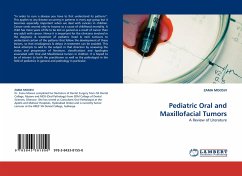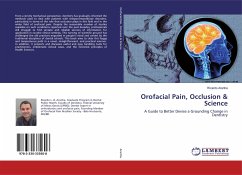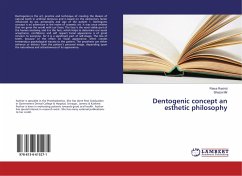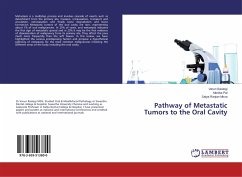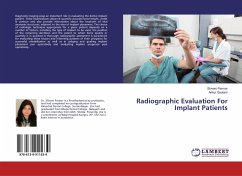
Radiographic interpretation of maxillofacial cysts and tumors
Versandkostenfrei!
Versandfertig in 6-10 Tagen
41,99 €
inkl. MwSt.

PAYBACK Punkte
21 °P sammeln!
Awareness of the demographic distribution of the lesions and their associated clinical features, as well as the radiologic approach, is important to explore the "terra incognita" of radiopaque jaw lesions. For many radiologists, radiopaque jaw lesions are terra incognita - Latin for "unknown land". A radiograph mainly consists of two shadows, one of which is black (radiolucent) and the other white (radiopaque). Radiolucency is a result of resorption of mineralized tissue or decrease in thickness where as radiopacity is due to an increase in mineralization, increase in thickness, superimpositio...
Awareness of the demographic distribution of the lesions and their associated clinical features, as well as the radiologic approach, is important to explore the "terra incognita" of radiopaque jaw lesions. For many radiologists, radiopaque jaw lesions are terra incognita - Latin for "unknown land". A radiograph mainly consists of two shadows, one of which is black (radiolucent) and the other white (radiopaque). Radiolucency is a result of resorption of mineralized tissue or decrease in thickness where as radiopacity is due to an increase in mineralization, increase in thickness, superimposition on some other structures or a result of calcification in soft tissues. Familiarizing oneself with different conditions and their appearance on imaging can help radiologists to reach a reasonable differential diagnosis. Tumors and tumor-like growths arising from odontogenic tissues constitute a heterogenous group of particularly interesting lesions, as they display the various inductive interactions that normally occur among the embryological components of the developing tooth germ.




